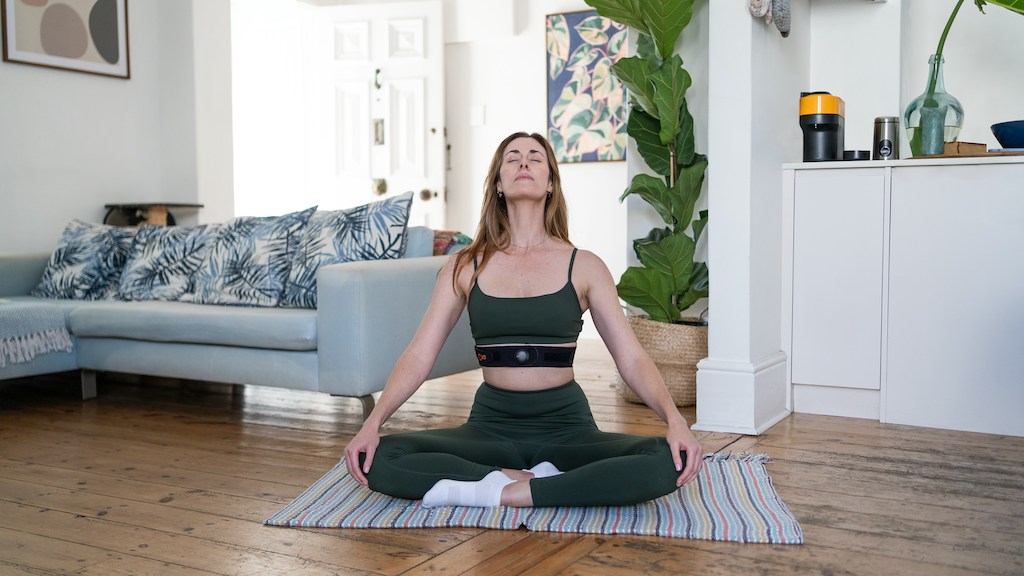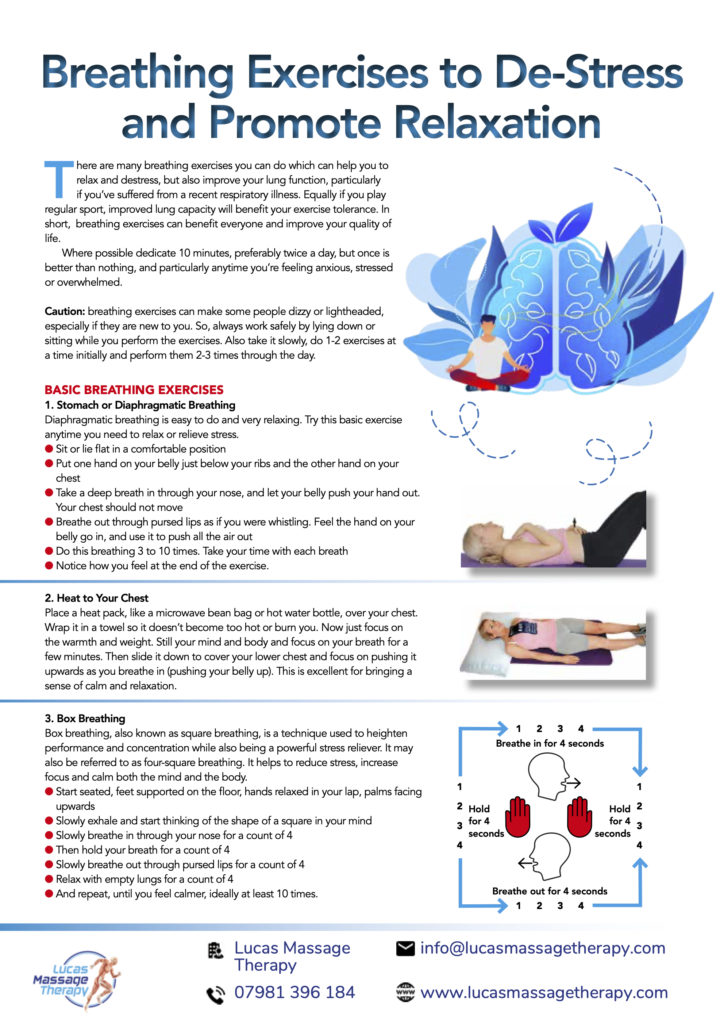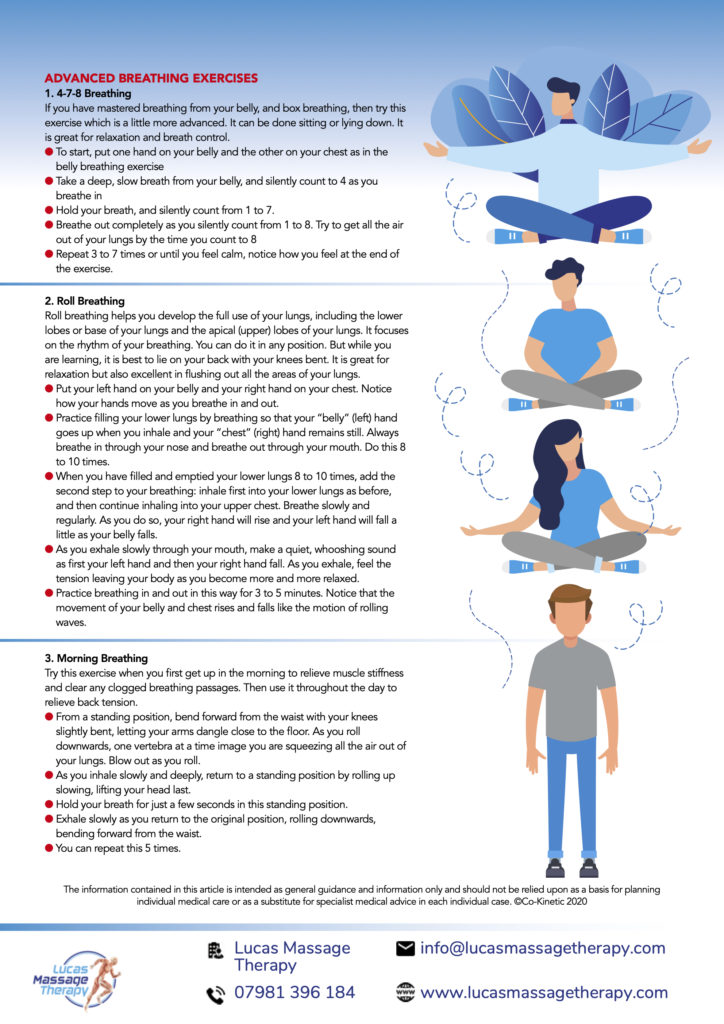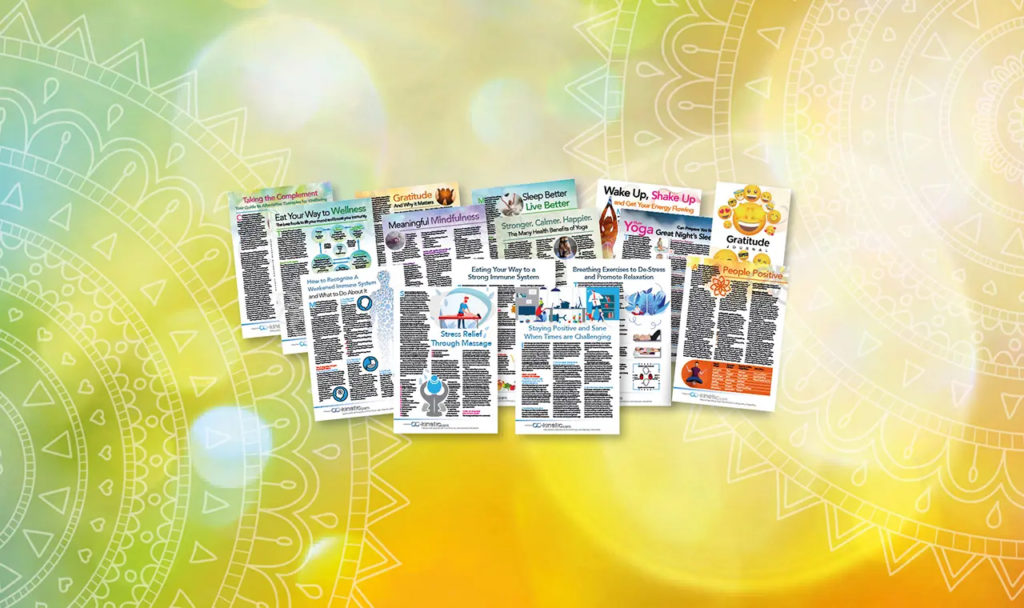What is Meaningful Mindfulness?
If you’re familiar with or have come across mindfulness meditation, which is also referred to as mindfulness, you may be interested in learning how to engage in its practice. Essentially, it entails being fully present and living in the present moment. However, it may not be as easy as it sounds. Provided below are some helpful tips to comprehend mindfulness and its advantages, so you can begin incorporating it into your life.
Mindfulness definition
Mindfulness is a form of meditation that requires intense focus on one’s present sensations and emotions, without any judgment or interpretation. Engaging in mindfulness involves utilizing techniques such as controlled breathing and guided imagery to calm both the body and mind, ultimately leading to a reduction in stress levels. Excessive time spent on activities like planning, problem-solving, daydreaming, or indulging in negative or unrelated thoughts can be mentally exhausting. Additionally, it increases the likelihood of experiencing stress, anxiety, and symptoms associated with depression. By practising mindfulness exercises, individuals can redirect their attention away from such thought patterns and instead actively engage with their immediate surroundings.
WHAT ARE THE BENEFITS OF MEDITATION?
Numerous clinical trials have investigated meditation, and the collective evidence demonstrates its effectiveness in addressing diverse conditions such as stress, anxiety, pain, depression, insomnia, and high blood pressure (hypertension). Initial research suggests that meditation may also be beneficial for individuals with asthma and fibromyalgia. By practising meditation, individuals can cultivate a balanced and accepting approach towards their thoughts and emotions. Moreover, meditation has been found to enhance attention, reduce job burnout, promote better sleep, and improve diabetes management.

WHAT ARE SOME EXAMPLES OF MINDFULNESS EXERCISES?
Practising mindfulness can be done in various uncomplicated ways. For instance:
– Be attentive: It can be challenging to slow down and observe things in a busy world. Take the time to fully experience your surroundings using all your senses – touch, sound, sight, smell, and taste. For instance, when enjoying a favourite food, take the opportunity to savour and appreciate its aroma and taste.
– Be present in the moment: Purposefully bring an open, accepting, and discerning awareness to every activity you engage in. Find delight in simple pleasures. This requires discipline to resist distractions, such as turning off your phone or social media when spending time with others or taking a walk, and avoiding multitasking when focusing on a particular task or experience in order to fully immerse yourself in it.
– Embrace self-acceptance: Treat yourself with the same kindness and compassion you would extend to a dear friend.
– Focus on your breath: When negative thoughts arise, take a moment to sit down, take a deep breath, and close your eyes. Direct your attention to your breath as it flows in and out of your body. Taking just a minute to sit and breathe can be beneficial. You can also explore structured mindfulness exercises, including:
– Body scan meditation: Lie down, extend your legs and keep your arms by your sides with palms facing upwards. Gradually and intentionally direct your attention to each part of your body, starting from your toes or head and moving towards the other end. Notice any sensations, emotions, or thoughts associated with each body part.
– Sitting meditation: Sit comfortably, keeping your back straight, feet flat on the floor, and hands on your lap. Breathe through your nose and focus on the inhalation and exhalation. If physical sensations or thoughts arise during the meditation, acknowledge them and then return your focus to your breath.
– Walking meditation: Find a quiet area that is around 10 to 20 feet (3 to 6 meters) long, and walk slowly. Pay attention to the experience of walking, being mindful of the sensations of standing and the subtle movements that maintain your balance. When you reach the end of your path, turn around and continue walking, maintaining awareness of your sensations.
WHEN AND HOW COULD I PRACTISE MINDFULNESS EXERCISES?
The suitability of your mindfulness exercise depends on its nature. Mindfulness exercises are flexible in terms of location and time. Studies suggest that incorporating the outdoors and engaging your senses can be particularly advantageous. However, for more structured exercises like body scan meditation or sitting meditation, it is necessary to allocate uninterrupted time in a quiet environment. Consider practising these exercises early in the morning before commencing your daily routine. Aim to cultivate mindfulness daily for approximately six months. Eventually, mindfulness may become effortless, serving as a commitment to reconnecting with and nurturing yourself.



Whether you need that revitalised feeling that comes with a good night’s sleep, or a new routine that builds in that all-important ‘me-time’, our free Lucas Massage Therapy wellbeing resource pack will get you started on the path to a happier, healthier you.
**These accessible guides are based on the latest science on wellbeing and are packed with practical tips on how to reduce stress, boost your mood and improve your health.**
Topics include:
– How to sleep better
– Diet tips for wellbeing
– Mastering mindfulness
-A guide to alternative therapies

